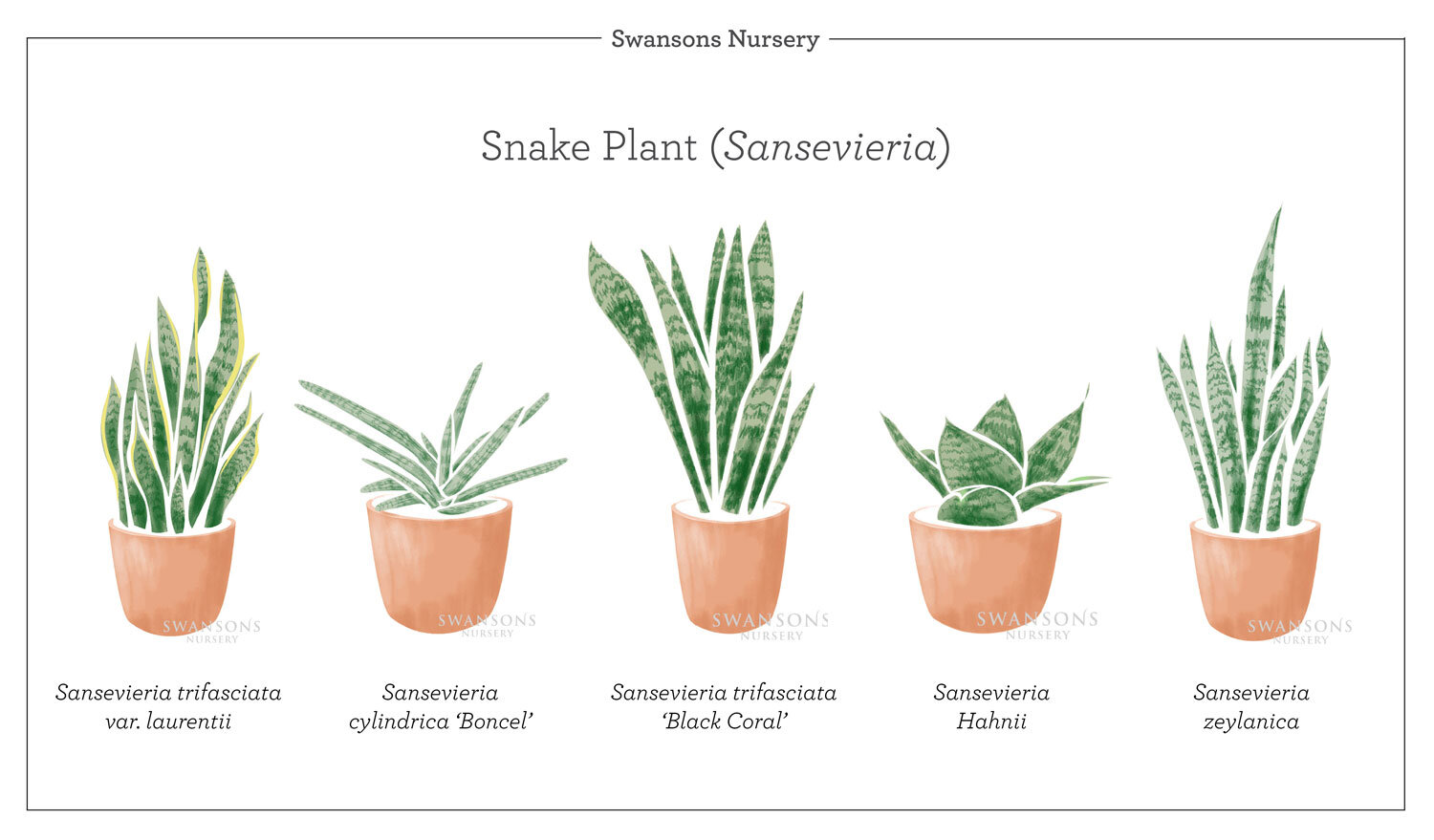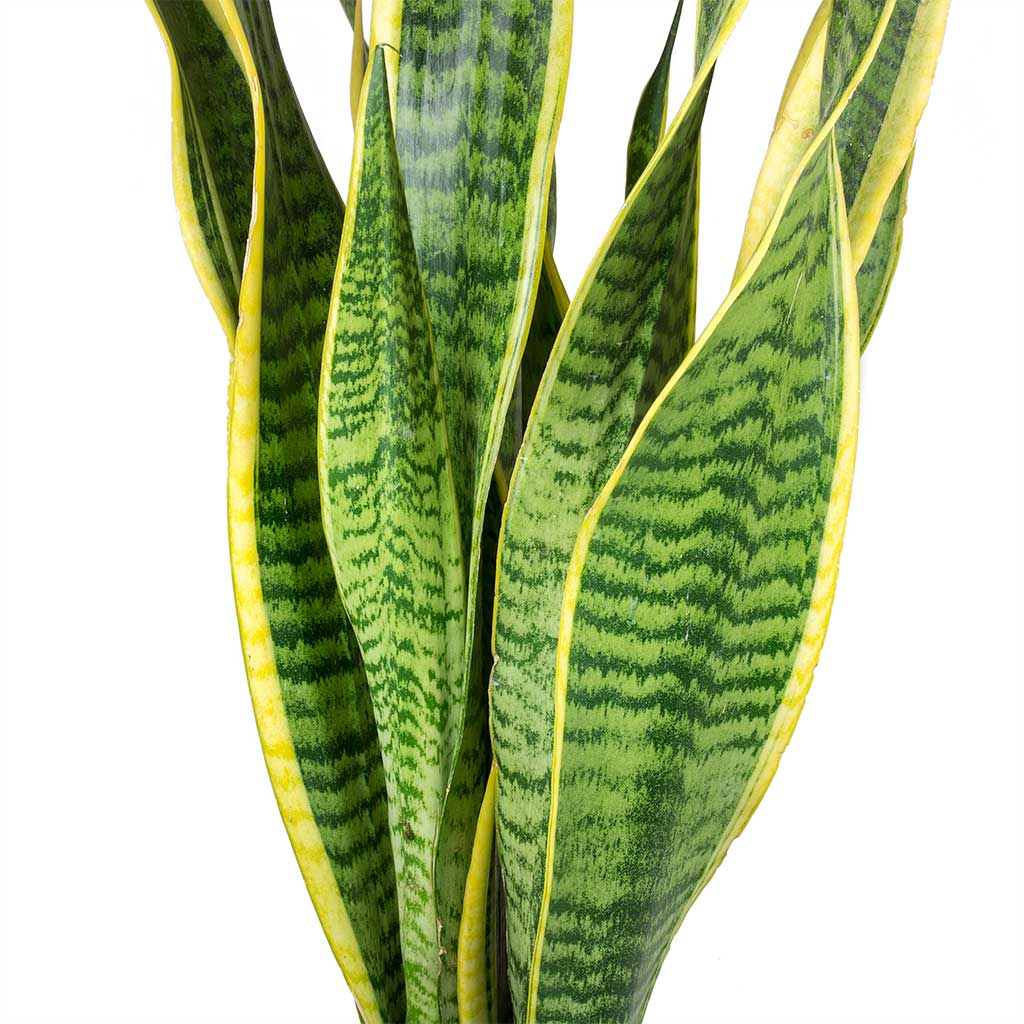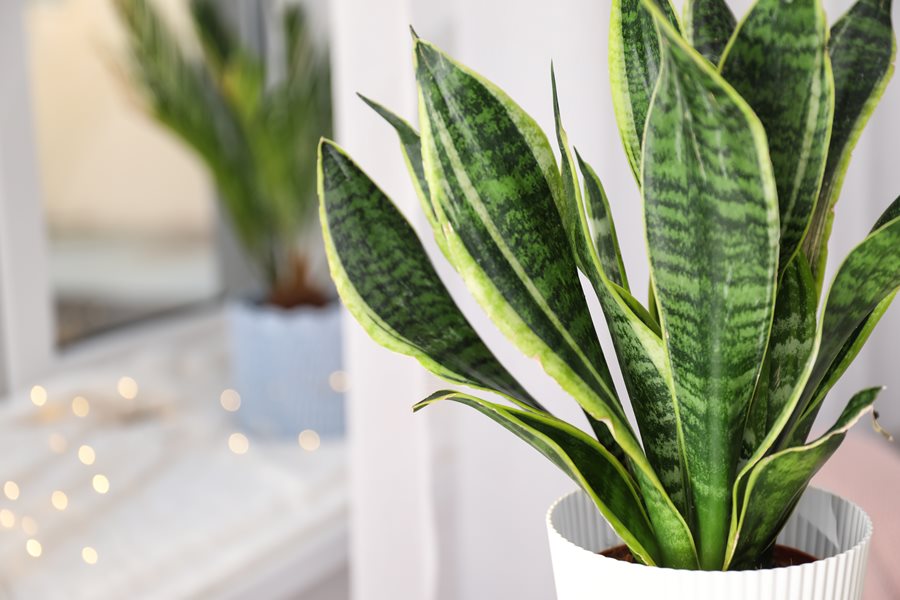What Does Snake Plant Leaves Turning Yellow Do?
The 8-Second Trick For Snake Plant Leaves Turning Yellow
Table of ContentsSome Of Snake Plant Leaves Turning YellowExcitement About Snake Plant Leaves Turning YellowThe Single Strategy To Use For Snake Plant Leaves Turning YellowThe Definitive Guide to Snake Plant Leaves Turning YellowSome Of Snake Plant Leaves Turning Yellow
The court is still out on just how efficient it is in cleansing the air, however I still have one in practically every space This unique plant is a fantastic starter plant and with its easy care, you can not fail with it! In this message, I wanted to share some suggestions on looking after your sansevieria.Snake plants Enjoy well draining soil. If the plant remains wet for also long, the origins can rot and at some point, your plant will pass away.
These plants are really similar to cacti when it comes to their care. One of the primary things that will certainly keep your plant from root rot is well draining dirt.
This will certainly make your plant susceptible to parasites or various other organisms discovered outdoors. I did this once and learned my lesson very rapidly and brought in additional little animals that were hazardous to my plant.
Our Snake Plant Leaves Turning Yellow Diaries
Terra cotta pots aid with avoiding root rot. The plant will dry a lot quicker in a terracotta pot due to the fact that the clay wick's water is from the soil. I have some plants in decorative earthenware pots that are not terracotta also, yet they all have a water drainage opening at the bottom.
I like to get a pot that provides my new plant about 2 inches of growth room around the whole size of the pot. This offers the plant space to grow but it's still a little bit snug. Replanting your sansevieria in too large of a pot suggests much more soil, causing more time to dry out, which can lead to root rot.
If you have a pot on a timber flooring or wood surface area, simply make certain you position a plate or nonporous material under the pot to shield the pot from wrecking your surface area. The remarkable point about sansevieria is that it can take care of varied illumination situations. The plant will expand much better in brilliant light (near a window in your house), however it can deal with a darker corner in your house as well.
At my child's college, there is a definitely beautiful sansevieria in a space without windows! The only light is fluorescent light bulbs that are activated during the day. It's fantastic to see this plant thrive in what seems inadequate illumination problems. It really is an unbelievably adaptable plant! I have sansiervieras throughout my home and each one remains in a different lights circumstance.
Some Known Details About Snake Plant Leaves Turning Yellow
A regulation of thumb when it comes to lights: Even if they can live in low light doesn't mean that they will necessarily grow in low light. They will most definitely grow better in bright light. I find the more I forget my snake plant, the better! Only water when the soil is completely dry.
If there is a little dampness in the soil, after that I will certainly inspect it once again in a week. How your plant holds moisture will rely on where you live. If you live in a clothes dryer climate, then it will dry out quicker, or if you reside in a humid environment, then it will certainly hold water much longer.
Watering on rainy days maintains my plants soggy and they take longer to dry out. Or, if there is rain in the forecast, I will wait to water more until the rainfall mores than. I water my sansevierias every 2-3 weeks. In winter, I reduce watering and water about every 4 weeks.
I do not saturate my plants with water since of the hazard of root rot. I prefer to under water than over water them. Sansevierias do not like their fallen leaves to be damp, so when you water, just put the water on the dirt and try to prevent obtaining any kind of water on the leaves.
Some Known Factual Statements About Snake Plant Leaves Turning Yellow

Fluoride and chlorine can develop in your sansevieria, so this method of leaving your water out will settle in the future. Making use of filtered water or accumulated water is a fantastic option also! Cleaning the leaves is a wonderful behavior that your sansevieria will thank you for.

As the roots make Find Out More their method out and grow, they will need constant call with the soil, so do not let your plant dry out excessive when you are trying to proliferate. I'll check on my newly multiplied fallen leaves and provide them even more interest than normal. If the soil has actually come to be bone completely dry, then I will certainly provide a great take in water.
The 5-Second Trick For Snake Plant Leaves Turning Yellow
Along with being extremely very easy to grow, serpent plants have a variety of health benefits, consisting of filtering interior air, removing poisonous pollutants, and boosting mental health and wellness. Snake Plant Leaves Turning Yellow. Many family plants are purposefully placed for design and to preserve feng shui. But did you recognize that several of these very same plants also have health and wellness benefits? The snake plant is just one home of those plants known for both looking excellent and boosting air top quality.

Their leaves have a toxin that can cause swelling and pins and needles on the tongue if eaten in large dosages. It's smart to keep this plant away from children and animals who are vulnerable to munching. The snake plant, typically described as mother-in-law's tongue, is a resistant succulent that can grow anywhere in between 6 inches to several feet.
What's unique concerning this certain plant is that it is just one of minority plants that can transform carbon dioxide (CO2) into oxygen during the night. This top quality makes it an excellent plant for room decor, given that it can aid manage healthy and balanced air movement - Snake Plant Leaves Turning Yellow. Snake plants are also recognized for their capability to help eliminate toxic air toxins